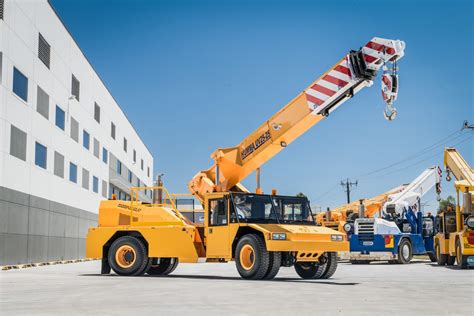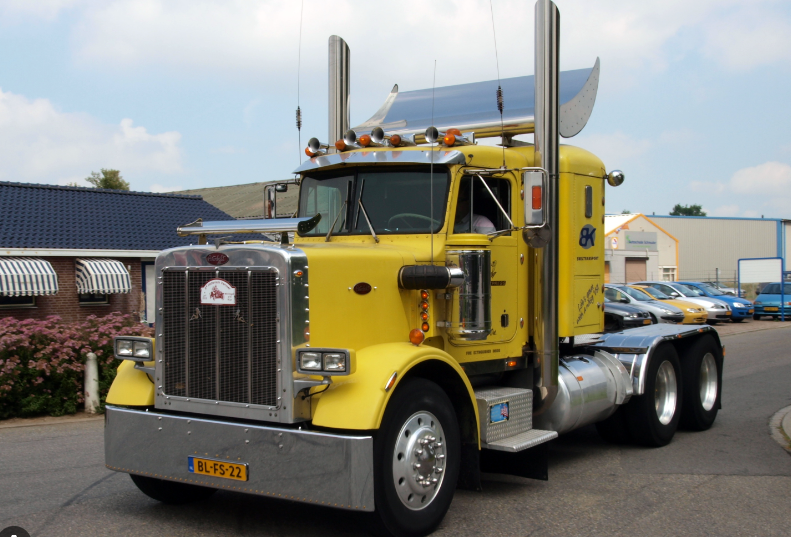how do overhead cranes work
Release time:2023-07-02 08:32:48
Page View:
author:Yuxuan
Overhead cranes are a common sight in many industrial settings, from manufacturing plants to warehouses and loading docks. They are used to move heavy loads with ease and precision, often over long distances. But have you ever wondered how they work? In this article, we will explore the basics of overhead cranes and explain how they function.
Components of an Overhead Crane
An overhead crane consists of several key components working together to lift and move loads. The main elements include the bridge, hoist, trolley, and runway. The bridge is the horizontal beam that spans the gap between the two end trucks. The hoist is the block and tackle system that performs the lifting and lowering of the load. The trolley is the unit that moves the hoist along the bridge. Finally, the runway is the track along which the entire system travels.Working Mechanism of an Overhead Crane
Overhead cranes operate using a simple yet effective mechanism. The load is lifted and moved by the hoist, which is attached to the trolley, and the trolley moves along the bridge. The bridge travels along the runway, allowing the hoist to reach different areas of the workspace. The entire system is powered by an electric motor that provides the energy necessary to lift and move the load.Types of Overhead Cranes
There are several types of overhead cranes, each with unique features that make them suitable for particular applications. The most common types include the single girder, double girder, and gantry cranes. Single girder cranes have a simple design and are ideal for light to medium-duty applications. Double girder cranes, on the other hand, are more robust and are used for heavier loads. Gantry cranes are designed for outdoor applications and are used to move large loads in shipping yards and construction sites.Safety Considerations
While overhead cranes are highly efficient, they also pose a significant safety risk if not used correctly. It is essential to follow all safety guidelines when operating an overhead crane, including training operators, using proper lifting techniques, and performing regular maintenance on the equipment. Ensuring that the crane is inspected regularly can help prevent accidents caused by equipment failure.Conclusion
Overhead cranes are an essential tool in many industries and are used to move heavy loads quickly and efficiently. Understanding how they work is essential to ensure their safe operation. By following proper safety guidelines and investing in regular maintenance, overhead cranes can help improve productivity while keeping workers safe.












